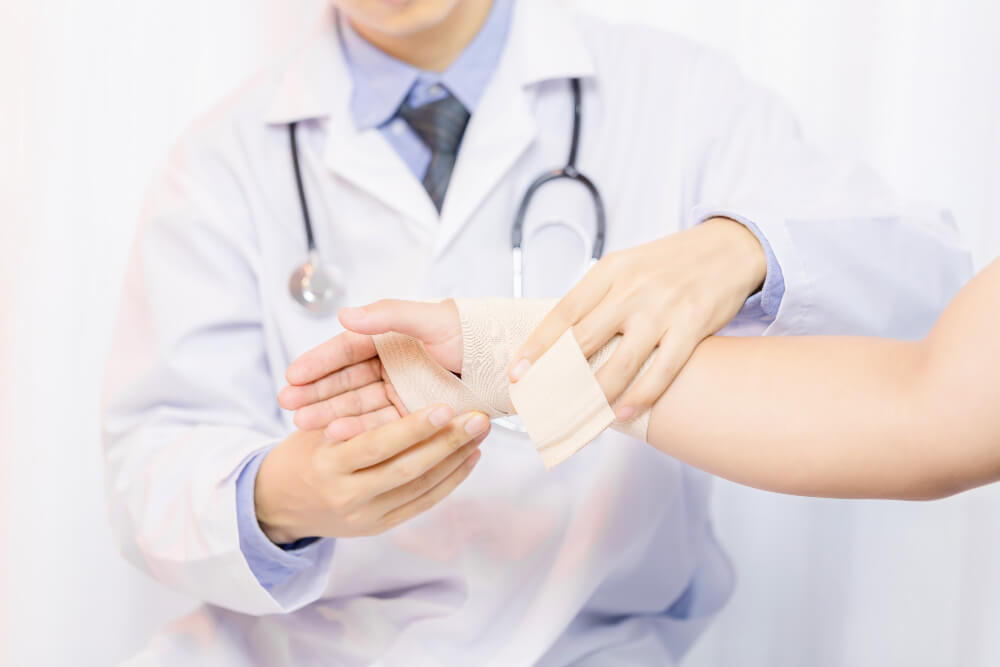Advanced Injury Care: Expert Foreign Object Removal
Foreign objects lodged in the body can cause a variety of complications, including infection, pain, and tissue damage. Removing these objects requires specialized medical expertise and advanced techniques. Specialty care clinics are equipped to provide comprehensive care for individuals with foreign object injuries.
Common Foreign Object Injuries
Foreign objects can enter the body through a variety of means, including:
- Penetrating Wounds Objects that penetrate the skin, such as nails, glass, or metal fragments.
- Ingestion Objects that are accidentally swallowed, such as small toys or coins.
- Inhalation Objects that are inhaled into the lungs, such as small pieces of food or debris.
- Embedded Objects Objects that become embedded in the skin, such as splinters or thorns.
- Foreign Bodies in the Eye Objects that enter the eye, such as dirt, sand, or insects.
The Risks of Retained Foreign Objects
If a foreign object is not removed promptly, it can lead to a variety of complications, including:
- Infection Foreign objects can introduce bacteria into the body, leading to infection.
- Tissue Damage Foreign objects can cause tissue damage, leading to pain, swelling, and loss of function.
- Abscess Formation Foreign objects can lead to the formation of abscesses, which are pockets of pus.
The Role of Specialty Care Clinics
Specialty care clinics are equipped to handle a wide range of foreign object injuries. These clinics offer a comprehensive range of services, including:
- Diagnosis and Assessment Thorough evaluation of the injury and identification of the location of the foreign object.
- Imaging Studies X-rays, CT scans, or MRIs to visualize the foreign object and determine its location.
- Foreign Object Removal Specialized techniques for removing foreign objects, depending on the type and location of the object.
- Minimally Invasive Procedures Advanced techniques that minimize tissue damage and reduce recovery time.
- Post-Operative Care Comprehensive care to monitor healing and prevent complications.
Foreign Object Removal Procedures

The specific procedure used to remove a foreign object will depend on the type and location of the object. Common procedures include:
- Incision and Drainage A small incision is made to remove the foreign object and drain any pus or fluid.
- Endoscopic Removal A small camera and surgical instruments are used to remove the foreign object through a small incision.
- Surgical Excision Open surgery may be necessary for larger or deeply embedded foreign objects.
Recovery from Foreign Object Removal
Recovery time from foreign object removal varies depending on the type of procedure and the severity of the injury. It is important to follow your healthcare provider’s instructions for post-operative care to promote healing and prevent complications.
- Wound Care Proper wound care is essential for healing and preventing infection.
- Medications Antibiotics may be prescribed to prevent infection.
- Follow-Up Appointments Regular follow-up appointments with your healthcare provider are important to monitor your healing progress.
Foreign object injuries can be serious and require prompt medical attention. Specialty care clinics offer advanced injury care services, including expert foreign object removal procedures. By seeking specialized care, you can ensure that your injury is treated effectively and that you experience a successful recovery.
Connect with us for advanced injury care for foreign object removal https://scclittleelm.com/ Or https://scclittleelm.com/our-services/acute-illness-and-injury-care/

